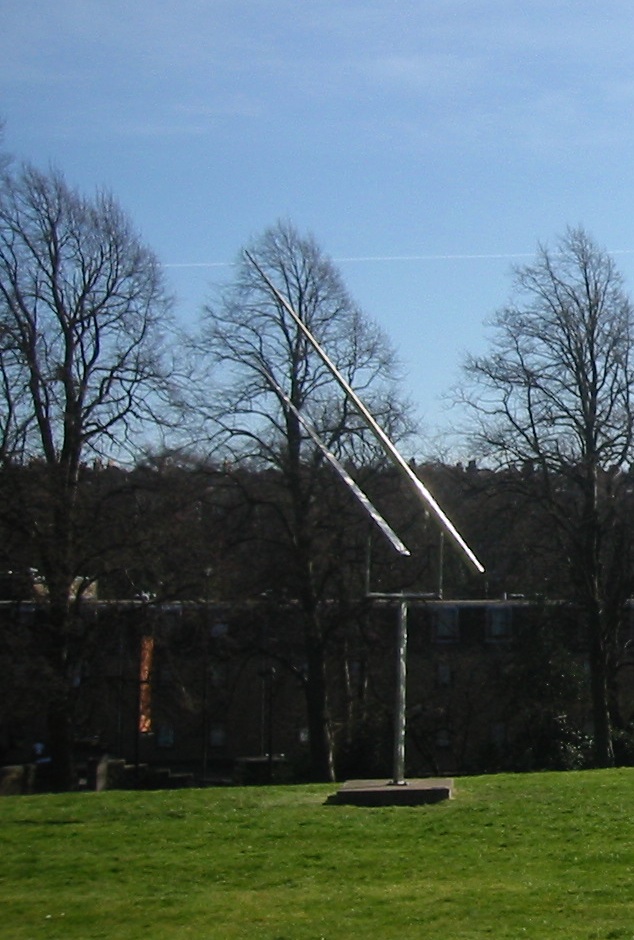Eighty years ago, the leading lights of the Bauhaus started designing buildings and furniture that put their materials and production center stage. They thought machinery was cool, and they made it cool: so we have buildings that show their I-beams, and chairs that appear to be made out of bent steel pipe (because they are). The industrial age was already a hundred years old when they made it chic.
Today everything around us is still made in factories; but more and more of it is made of information, too. Information has changed the way supply chains work, but also poeple become more and more inured to (and more interested in) consuming information, packaged in dynamic and playful ways. So we have bar charts on the nightly news and everyone has a computer with a row of cute icons that display the current time, weather, battery life, wifi availability, unread messages and friends' IM statuses. Some people even look at data for sheer fun, through screensavers or music visualizers.
But whereas the Bauhaus made industrial machinery cool, the machinery of the information age is still not cool. The network is powered by fascinating assemblies of intuitive (if abstract) concepts, but we have precious little admiration for them as a society. Where's the art and design that reveals how code works? There's scarcely any.I can illustrate this with a comparison.
This kinetic sculpture is interesting to look at because it continually changes, acted on by fairly understandable forces: wind, friction, balance.


The automatic system below (called Conway's Game of Life) is also interesting to look at, for the same reason. Its behavior is incredibly complex, though it all emerges from simple forces.
Click the image to set it in motion; click again to stop it.
(requires FireFox or Safari)
(The rules are these: if a cell is alive (black) then it contines to live only if it has two or three living neighbors; if it is dead (white) then life will spawn there only if it has exactly three living neighbors (the neighbors are the eight cells to the North, South, East, West, NE, SE, SW and NW).)
As a system, it is as complex as anything computers can offer (that is, if you have a big enough sheet of it, it can "do" anything any other computer program can do), and I could watch almost forever--as long as I could watch waves on the shore, anyway.
